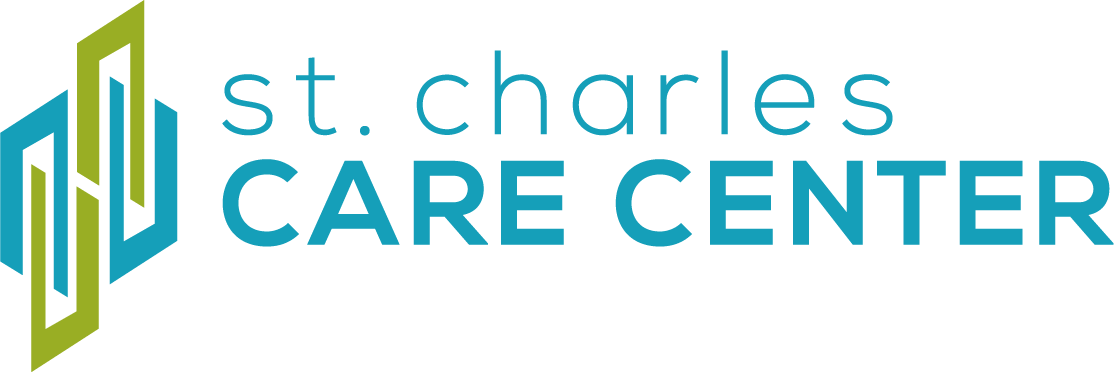
St. Charles, Louisiana
Interview with Lauren Johnson, Director
How are youth referred to your center? Our Center accepts referrals in the following ways:
- Schools
- School-based wellness screening
- Low school attendance
- Repeated “violations of school rules”
- Law enforcement
- Status offenses including ungovernable behavior, running away, and cyberbullying
- Arrest diversion
- Conflict Resolution Diversion Program (in partnership with DA’s Office) for first offense school fights
- Juvenile courts
- Alternatives to Detention program
- Judges’ orders
- Family Intervention Court (specialty treatment court)
- District Attorney’s Office diversion to informal proceedings
How many youth do you serve per year? 250 youth per year
What data and outcomes does the Juvenile Assessment Center track? The CARE Center aims to (1) Increase youth’s health, safety, and wellness; (2) Increase school, family, and community engagement; (3) Increase education opportunities and job readiness; (4) Decrease youth incarceration rates; (5) Decrease youth recidivism. While we are still increasing our capacity to effectively measure these outcomes, we are currently measuring our progress through five primary indicators: the percentage of families successfully completing the family assessment process, number of referrals made to community services/resources, the percentage of families actively engaged in services following a referral, the number of active community partnerships, and the percentage of “re-referrals” to the CARE Center (indicating new petitions, arrests, etc.).
What is the biggest challenge your assessment center faces? I know “funding” is always the obvious answer, but it’s true. Funding! There are pros and cons to operating our assessment center as an independent nonprofit organization. A benefit is that we have flexibility to seek diverse funding sources (private and corporate funding, special events, etc.). The downside, however, is that there tends to be more instability in our funding from year to year.
Highlight a specific partnership (i.e. school, organization) or program. Building our partnership with the St. Charles Parish Public Schools has been a primary area of focus for the CARE Center over the past two years. We are wrapping up our first year of piloting school-based wellness screenings, and we’re excited about expanding this prevention work to all schools across the district in the coming years.
What is your favorite tool used in screening or assessment and why? Check Yourself by Tickit Health. It’s a kid-friendly digital screening tool used to identify at-risk behavior in middle and high-school students. It’s strengths-based and incorporates multiple tools (PHQ-2, GAD-2, GAIN-SS). The screening tool is administered one classroom at a time, and a “triage” team is on-site to have immediate brief interventions as screenings are completed by students.
What is the process your center uses to ensure youth are connected and matched with services after an assessment? The CARE Center benefits from serving a relatively small, close-knit community in which we are able to build personal relationships with each of the service providers to which we refer children and families. We connect directly with the providers, both formally and informally, to check on families’ progress on a regular basis. We also follow up directly with families regularly to ensure they’re engaging in services and to identify emergent needs.
How does your center divert youth from the JJ system? Since the establishment of the CARE Center as a family assessment center in 2017, we have witnessed the youth justice system become more willing to consider alternatives to formal court involvement for young people. We often compare our youth justice system to a ladder. Prior to the CARE Center’s involvement, the ladder had only a few rungs that led quickly to punitive measures, including state probation and detention. With the addition of preventative, treatment-focused, and trauma-informed interventions, we’ve added several rungs to our ladder and punitive responses are further from reach.
What are you looking forward to most with the development of the NAC? We’re most excited to be a part of a strong, engaged network of professionals that are teaching and pushing us to think bigger and be bolder! We have so much work to do to bring about meaningful, sustainable change at both the ground level for children and families and at the system level with courts, schools, and law enforcement. I’m grateful to the NAC and all the members for establishing and contributing to building this community.
|